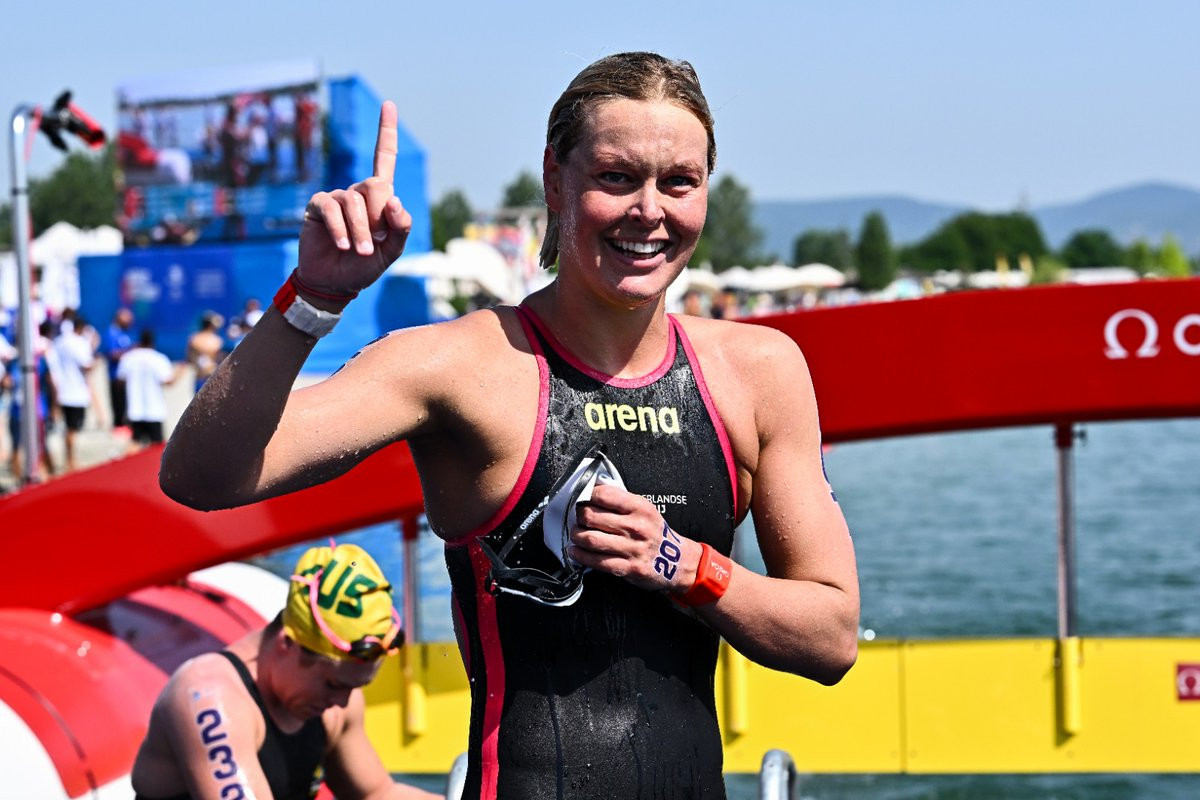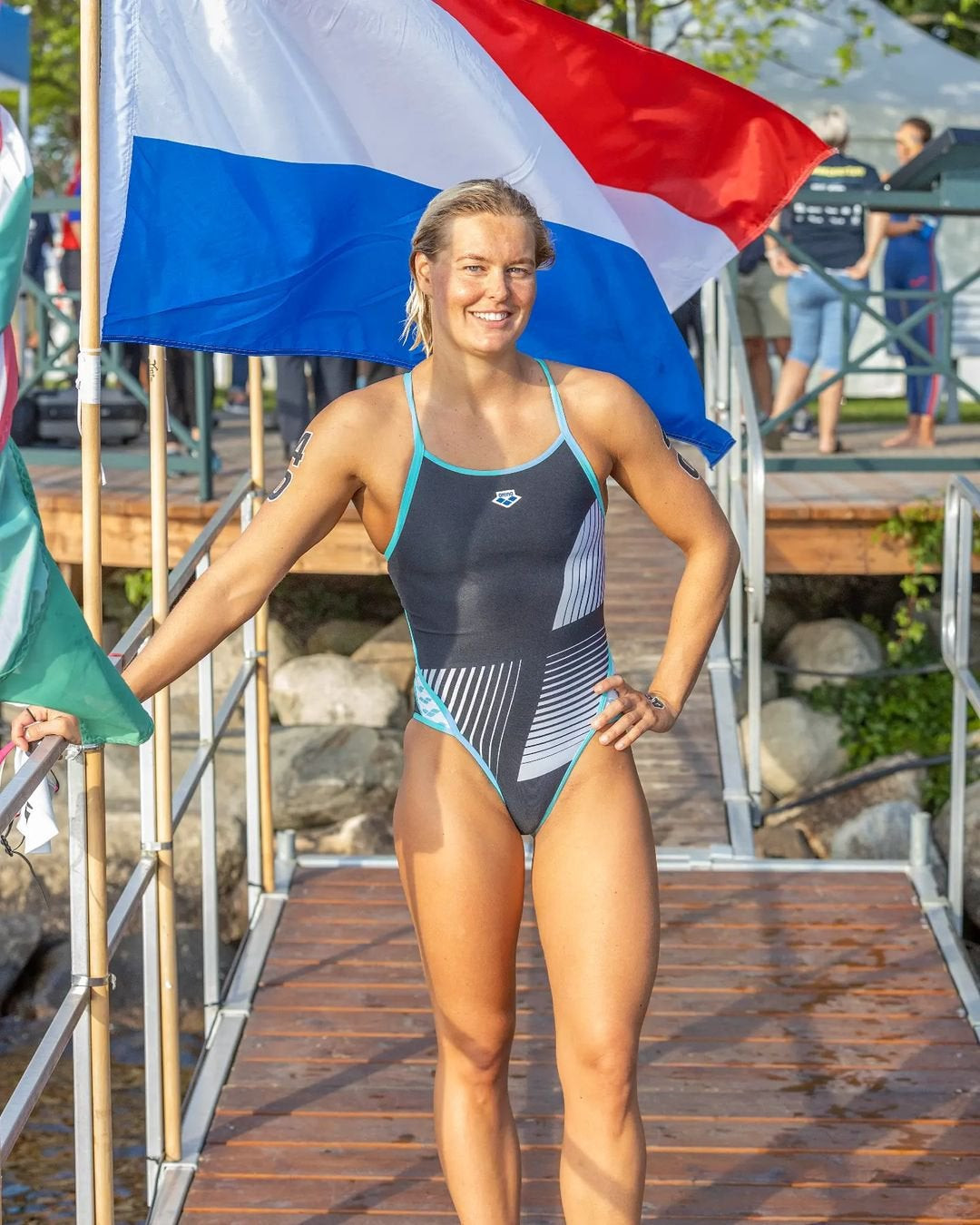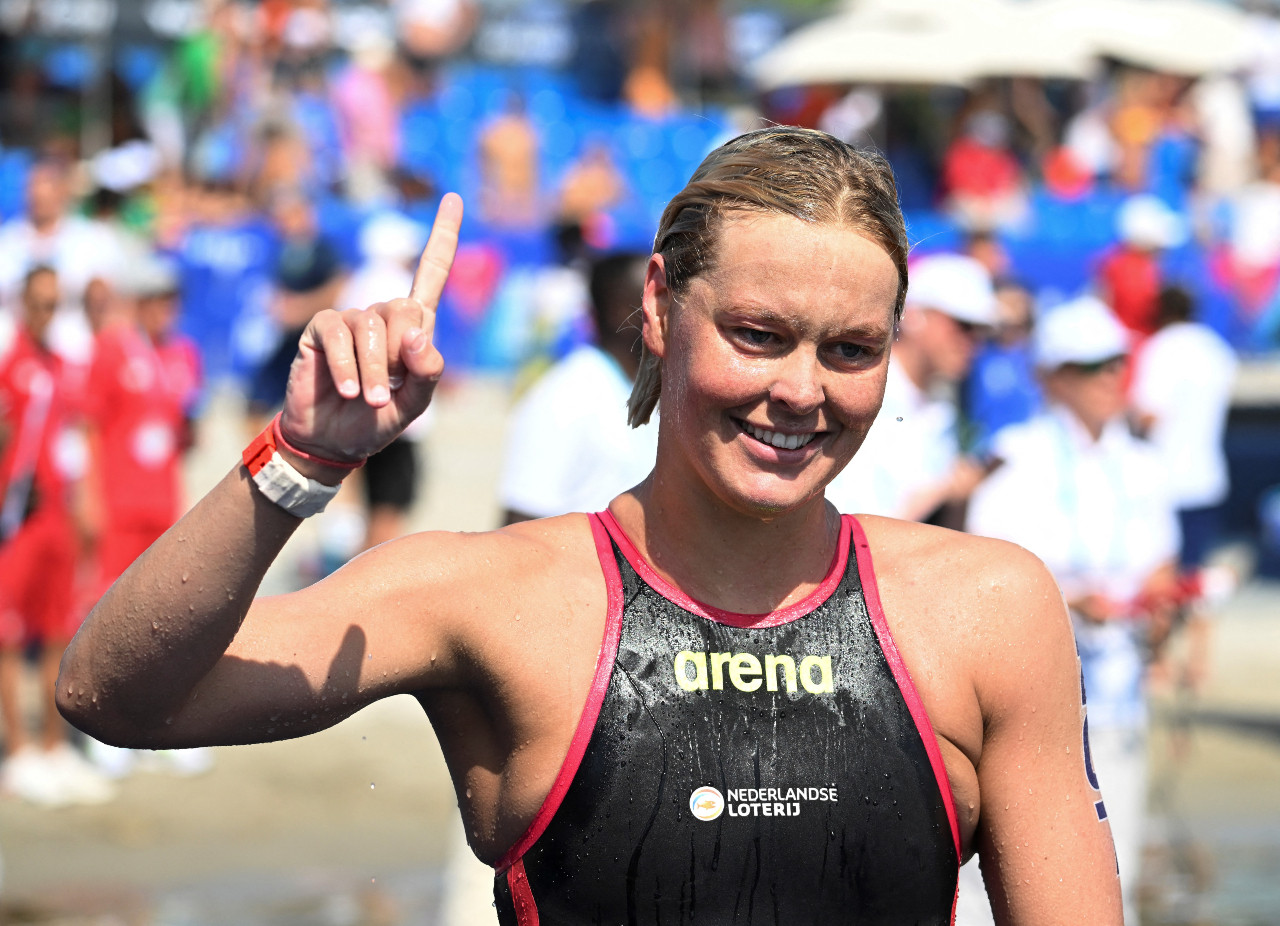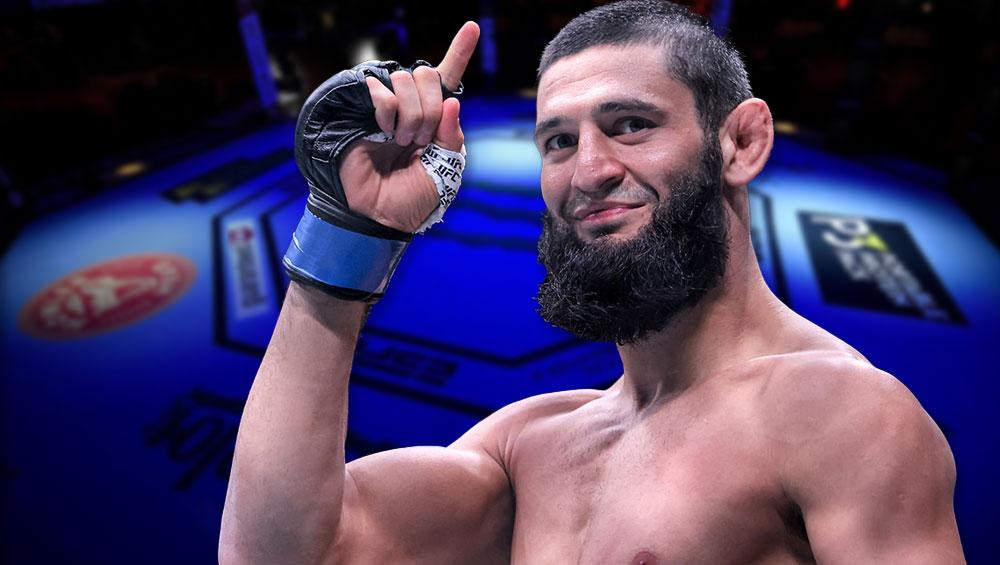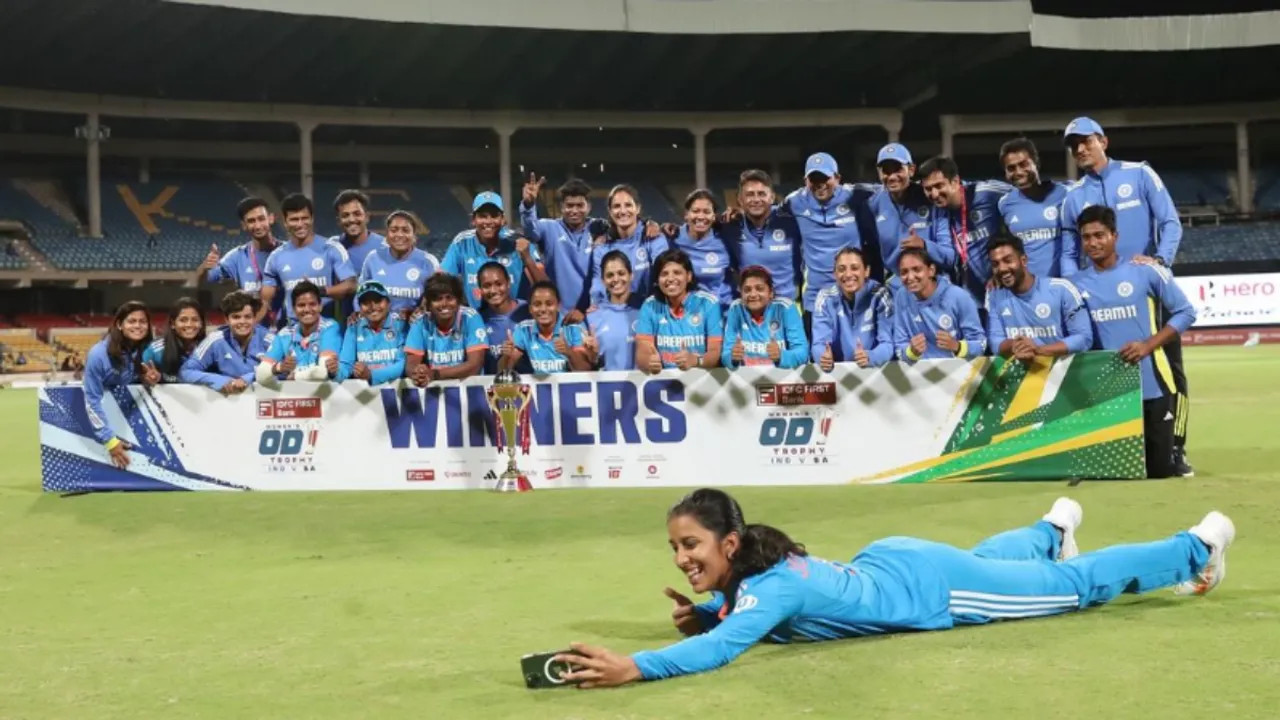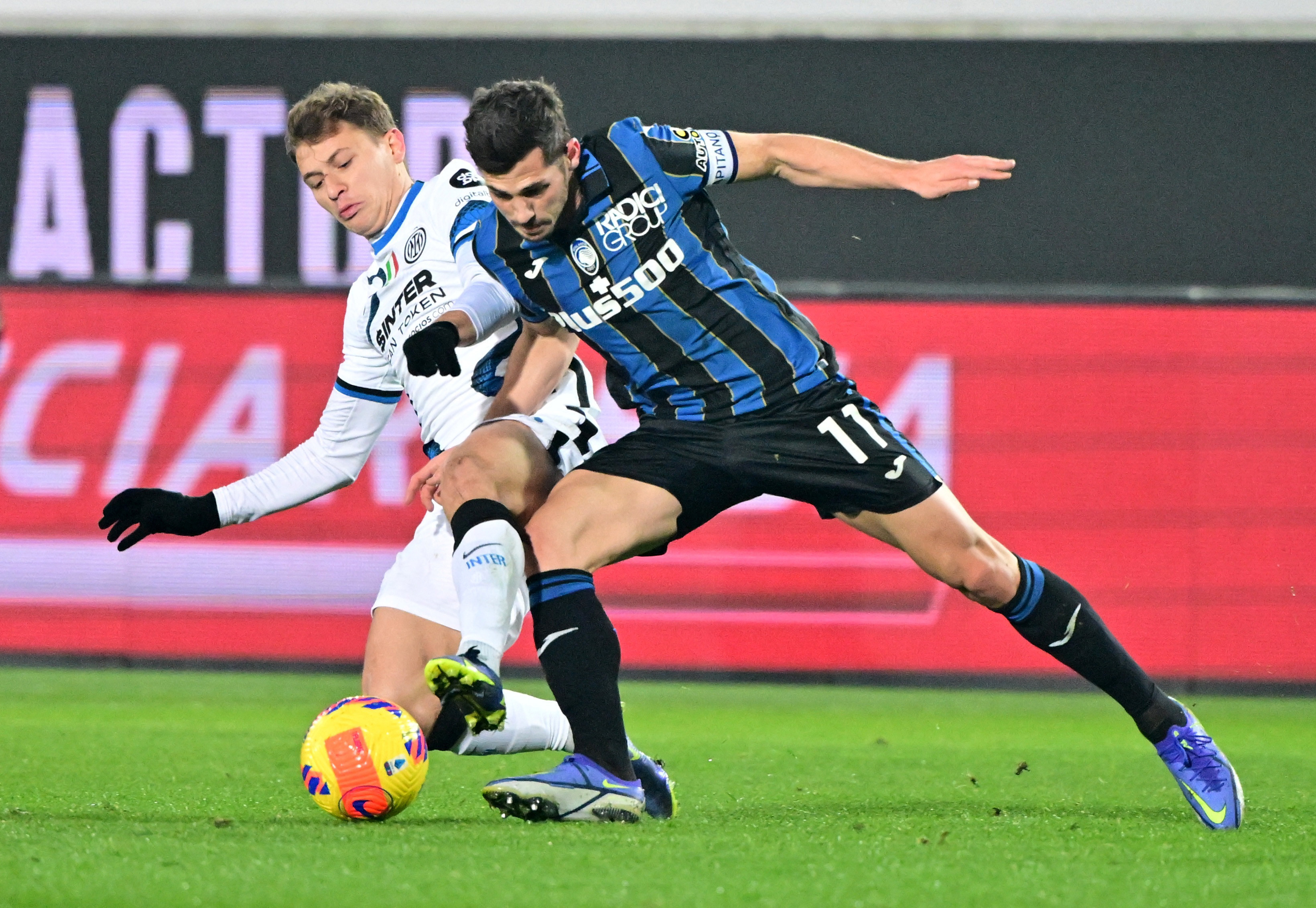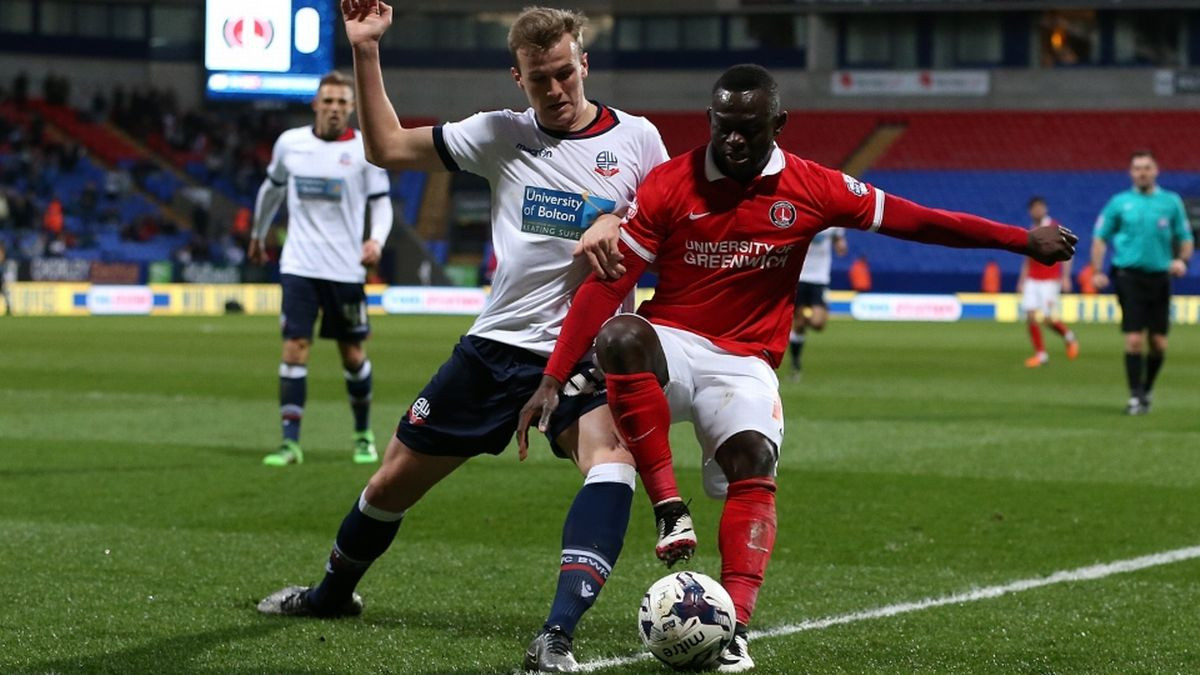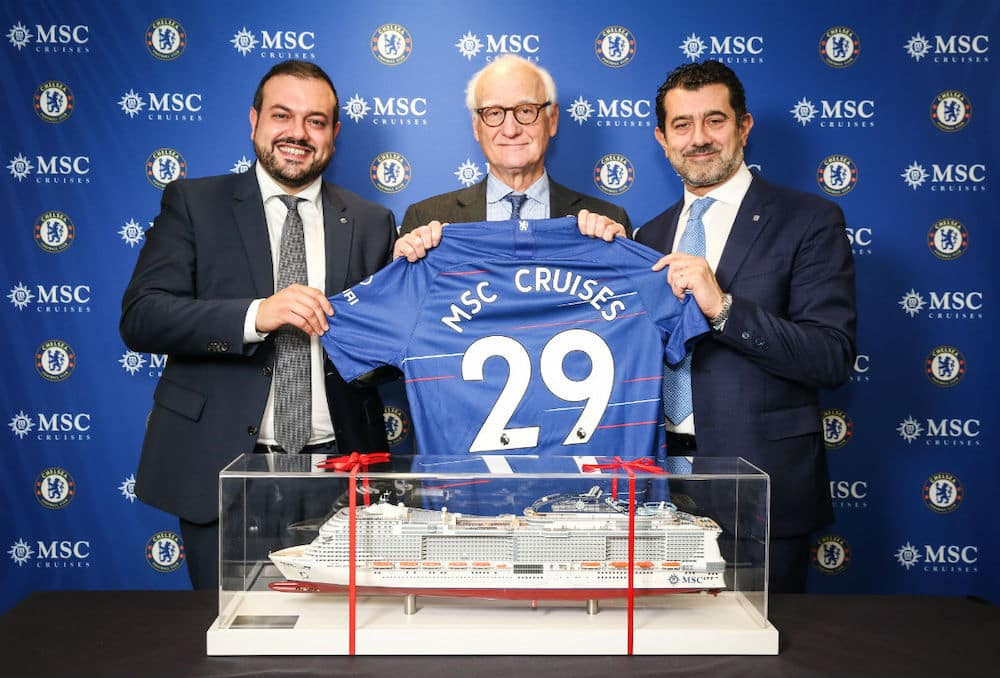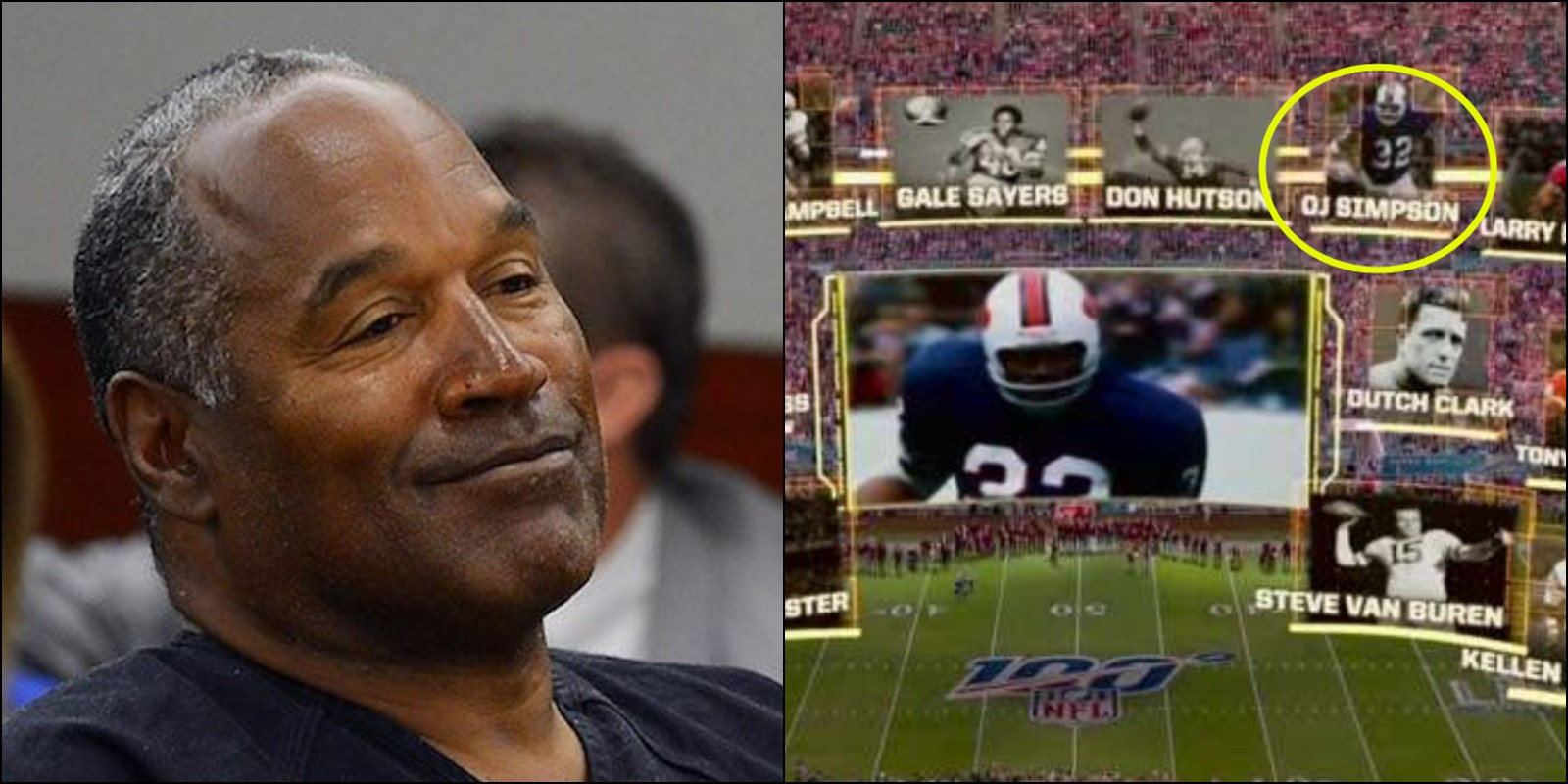The 2024 Olympics open water swimming events kicked off on Thursday morning, August 8th, in the Seine River that winds through Paris. The competitors will complete six circuits of a 1.67-kilometer loop between the Pont Alexandre III and the Pont de l’Alma; they’ll have the current at their backs going downstream, and they’ll fight against it on the way back.
We begin with the women’s 10km race, which pits Dutch veteran and 2016 Olympic gold medalist Sharon van Rouwendaal against defending Olympic Champion Ana Marcela Cunha of Brazil. American Katie Grimes, who won the bronze medal in the 10km at the 2023 World Championships in Fukuoka, is also a threat for the Olympic title this year. Her teammate Mariah Denigan, who placed 6th at the 2024 World Championships, is making her Olympic debut this year.
France has a pair of entrants who can’t be overlooked, especially given the unbridled enthusiasm displayed by the home crowd. Caroline Jouisse and Oceane Cassignol are first-time Olympians; they qualified by finishing 7th and 10th, respectively, in the 10km at the 2024 World Championships. Lisa Pou, who changed sporting nationalities from France to Monaco last fall, will also be swimming in front of a friendly audience.
Moesha Johnson of Australia led the field on the first downstream leg, making it around the two buoys in front of Bettina Fabian of Hungary, van Rouwendaal, and Cunha. As much as they bunched together on the downstream leg of lap 1, the swimmers were forced by the current into a long line, butting up against the river wall, on the way back. Italians Ginevra Taddeucci and Giulia Gabbrielleschi led the way, with Johnson in third place.
As swimmers came in for fueling at the feed station on the top end of the course, the pack divided into smaller groups. 2016 gold medalist Van Rouwendaal took over the lead in the front pack, headed downstream on lap 2 followed by Cunha and Johnson.
The second group rejoined the lead group on the upstream half of lap 2 but van Rouwendaal maintained her position in front. Johnson passed the Italian duo and held on at second place, about a body length behind van Rouwendaal. Australia’s Chelsea Gubecka of Australia was in 5th place.
As they finished lap 2 and made it through the chute, they stopped to fuel at the feeding station and then took off to attack the 3rd downstream leg. Van Rouwendaal, Johnson, Taddeucci, and Gabbrielleschi held their formation at the lead of the lead pack. Japan’s Airi Ebina and Australia’s Gubecka moved up to 3rd and 4th behind van Rouwendaal and Johnson on the upstream leg of lap 3. Again, the chase group closed the gap with the lead group on the upstream leg, but van Rouwendaal and Johnson allowed no one into their space. Cunha worked her way back to 4th place as they swam past the grandstands full of cheering flag-wavers.
Johnson maneuvered past van Rouwendaal in the chute leading to the feed station and held the #1 position going downstream on lap 4. The field separated again going with the current, as Johnson, van Rouwendaal, Taddeucci, Gubecka, and Cunha comprised the lead pack, followed by Gabbrielleschi, Fabian, Brazil’s Viviane Jungblut, and Ebina.
Johnson came out of the feed station in the lead on the downstream leg of lap 5, with only van Rouwendaal and Taddeucci behind her in the lead group. The chase group was about 18 seconds behind, led by Cunha, Gabrielleschi, Fabian and Gubecka. As they made their way back upstream, there were three distinct groups – for the first time, the chase pack did not catch the leaders, which made it seem like a daunting task to vie for a medal with one lap to go.
At the last feeding station, van Rouwendaal fueled up and headed downstream, right on Johnson’s toes, with Taddeucci still in 3rd place just behind. As they made the final turn at the Pont d’Alma, it felt like the calm before the storm. Johnson, with 1:50.11.7, led by only 0.6, and the sprint was about to begin. Swimming into the current, van Rouwendaal tried to move to Johnson’s inside. Taddeucci was still only a body back.
Van Rouwendaal made her move on the last buoy, going wide to get out in front on the turn. She surged to the lead and pulled ahead by a body. At the opening to the chute, Johnson tried to pull the same move, but Rowendaal cut off the lane and sprinted to the finish. The Dutchwoman won with 2:03:34.2, 5.5 seconds ahead of Johnson and 8.6 ahead of Taddeucci. Cunha was 4th, leading the next group of finishers.
The Race That Had It All
The women’s 10km open water swim was a race that had it all: lead changes, thrilling finishes, and a touch of controversy. The race was held in the Seine River, which has been the subject of much debate about water quality. However, the swimmers were undeterred and put on a great show for the crowd.
A Champion Rises to the Occasion
Sharon van Rouwendaal, the 2016 Olympic gold medalist, showed why she is one of the best open water swimmers in the world. She was able to stay calm under pressure and make the right moves at the right time. She also showed great resilience, coming back from a tough start to win the race.
A Strong Field of Competitors
The field of competitors in the women’s 10km open water swim was very strong. Johnson was a strong contender throughout the race, while Taddeucci was able to make a late charge to secure the bronze medal. Cunha was also in the mix until the very end.
A Look Ahead
The open water swimming events at the Paris Olympics are shaping up to be very exciting. The men’s 10km race is scheduled for Friday, August 9th, and will feature a strong field of competitors. It will be interesting to see if van Rouwendaal can continue her winning ways.
The Future of Open Water Swimming
Open water swimming is a growing sport, and the Paris Olympics is a great opportunity to showcase its appeal to a wider audience. The sport is both physically and mentally demanding, and requires swimmers to be able to adapt to a variety of conditions. The Paris Olympics is a testament to the strength and resilience of open water swimmers, and a sign of the sport’s bright future.




